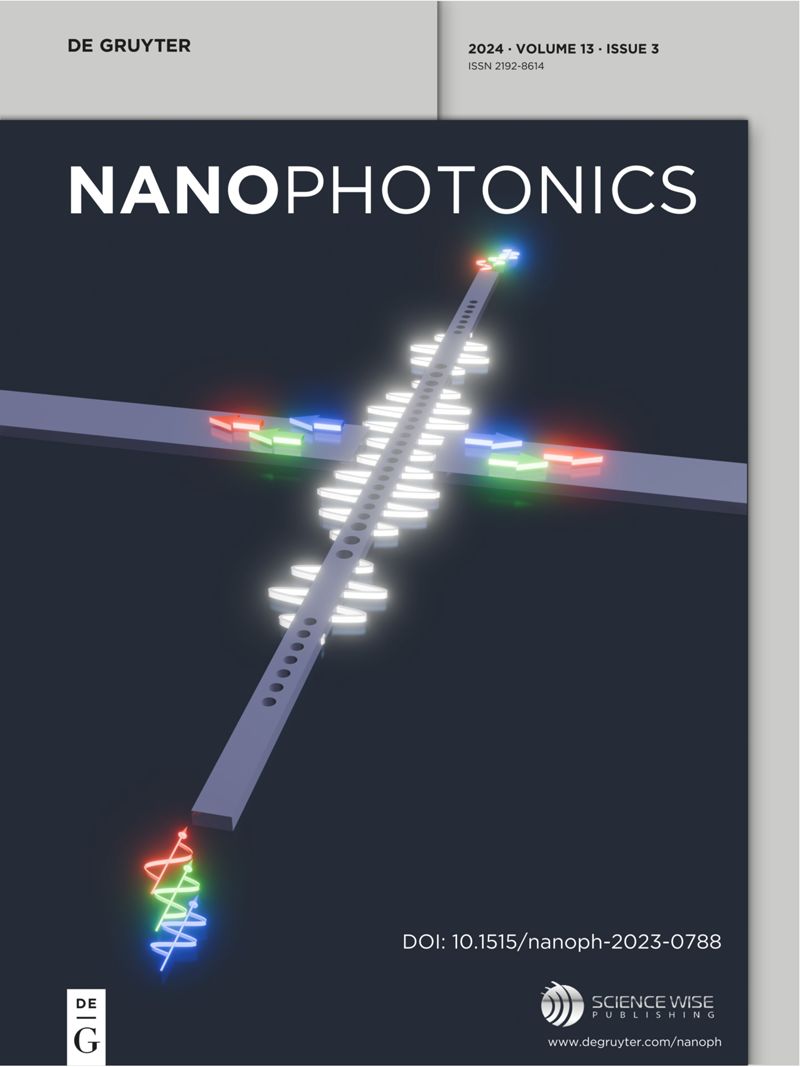Highly sensitive microdisk laser sensor for refractive index sensing via periodic meta-hole patterning
IF 6.5
2区 物理与天体物理
Q1 MATERIALS SCIENCE, MULTIDISCIPLINARY
引用次数: 0
Abstract
Microdisk lasers have emerged as compact on-chip optical sensors due to their small size, simple structure, and efficient lasing capabilities. However, conventional microdisk laser sensors face challenges in enhancing interactions with external analytes, as their energy remains predominantly confined within the laser material. In this study, we present a novel microdisk laser sensor incorporating periodic meta-hole patterning, designed to enhance external interaction while maintaining the integrity of the whispering gallery mode (WGM). Numerical simulations show that in an InGaAsP microdisk laser (5 μm diameter, 250 nm thickness), the WGM remains stable with periodic meta-holes (period求助全文
约1分钟内获得全文
求助全文
来源期刊

Nanophotonics
NANOSCIENCE & NANOTECHNOLOGY-MATERIALS SCIENCE, MULTIDISCIPLINARY
CiteScore
13.50
自引率
6.70%
发文量
358
审稿时长
7 weeks
期刊介绍:
Nanophotonics, published in collaboration with Sciencewise, is a prestigious journal that showcases recent international research results, notable advancements in the field, and innovative applications. It is regarded as one of the leading publications in the realm of nanophotonics and encompasses a range of article types including research articles, selectively invited reviews, letters, and perspectives.
The journal specifically delves into the study of photon interaction with nano-structures, such as carbon nano-tubes, nano metal particles, nano crystals, semiconductor nano dots, photonic crystals, tissue, and DNA. It offers comprehensive coverage of the most up-to-date discoveries, making it an essential resource for physicists, engineers, and material scientists.
 求助内容:
求助内容: 应助结果提醒方式:
应助结果提醒方式:


